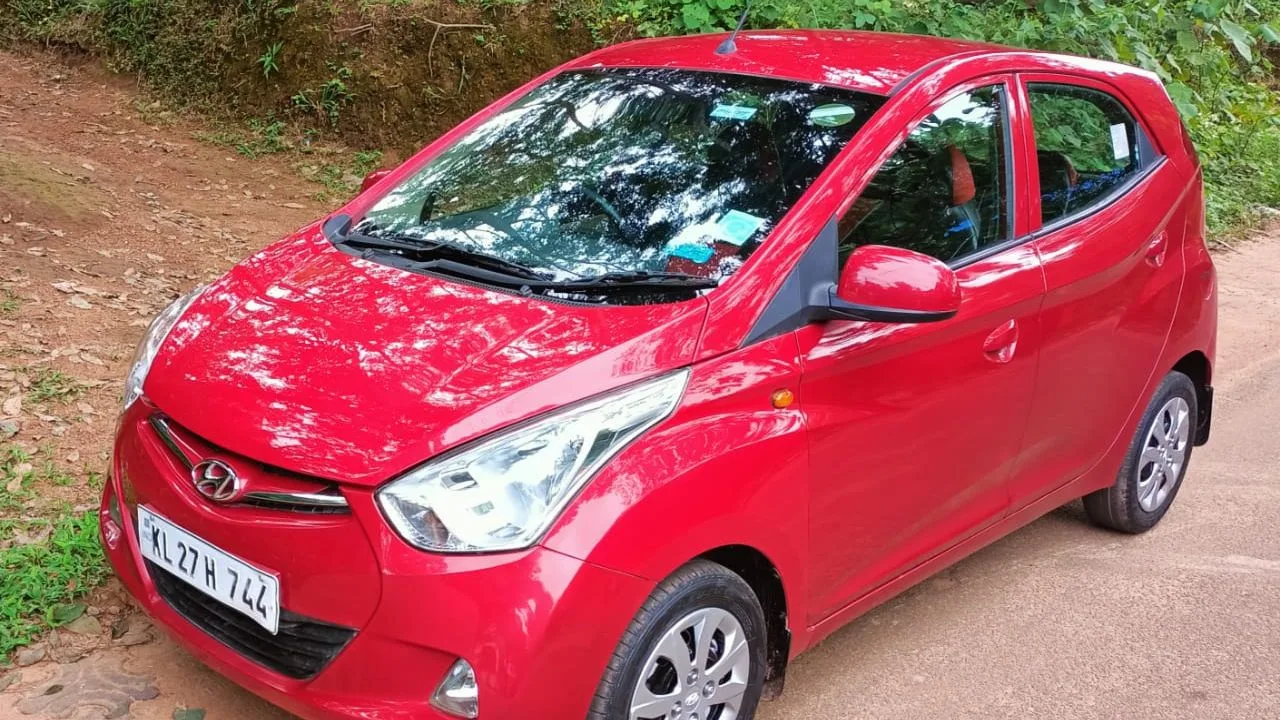carved a niche for itself in the Indian hatchback market. This compact car aimed to cater to budget-conscious buyers seeking a reliable and fuel-efficient city runabout. While it may no longer be in production, understanding its legacy offers valuable insights into the evolution of the automotive landscape.
Engine and Performance:
The Eon came equipped with two engine options: an 814cc, 3-cylinder unit producing 55bhp and 76Nm, and a more powerful 1.0L Kappa engine generating 68bhp and 94Nm. Both engines were mated to a 5-speed manual transmission, prioritizing fuel efficiency over outright performance. While not known for its acceleration, the Eon offered a smooth and comfortable driving experience, making it ideal for navigating city traffic.
Fuel Efficiency and Mileage:
One of the Eon’s biggest strengths was its impressive fuel economy. The 814cc engine delivered a claimed mileage of 21.1 kmpl, while the 1.0L unit offered a slightly lower figure of 20.3 kmpl. These figures, combined with the car’s affordable price tag, made it an attractive proposition for cost-conscious buyers seeking value for their money.
Features and Design:
The Eon’s design was simple and functional, prioritizing practicality over aesthetics. The car offered a spacious cabin for its size, accommodating five occupants comfortably. While features were kept minimal, essential amenities like air conditioning, power steering, and a basic infotainment system were available in higher trims.
Safety and Competition:
Safety features in the Eon were limited, primarily consisting of driver and passenger airbags in the top-end variants. This aspect drew criticism, especially as safety regulations in India were evolving during the Eon’s production period. The Eon faced stiff competition from established players like the Maruti Suzuki Alto and the Renault Kwid, both of which offered a wider range of features and variants.
Discontinuation and Legacy:
Hyundai discontinued the Eon in 2016, likely due to declining sales and the emergence of more feature-rich competitors. However, the Eon left its mark on the Indian market, establishing itself as a reliable and fuel-efficient option for budget-minded buyers. It served as a stepping stone for Hyundai, paving the way for future successful models like the Grand i10 and the Santro.
Conclusion:
The Hyundai Eon’s story is a testament to the importance of understanding market needs and catering to specific buyer segments. While it may not have been the most feature-rich or powerful car, the Eon offered a compelling combination of affordability, fuel efficiency, and practicality, resonating with a significant portion of the Indian car market during its production period.




